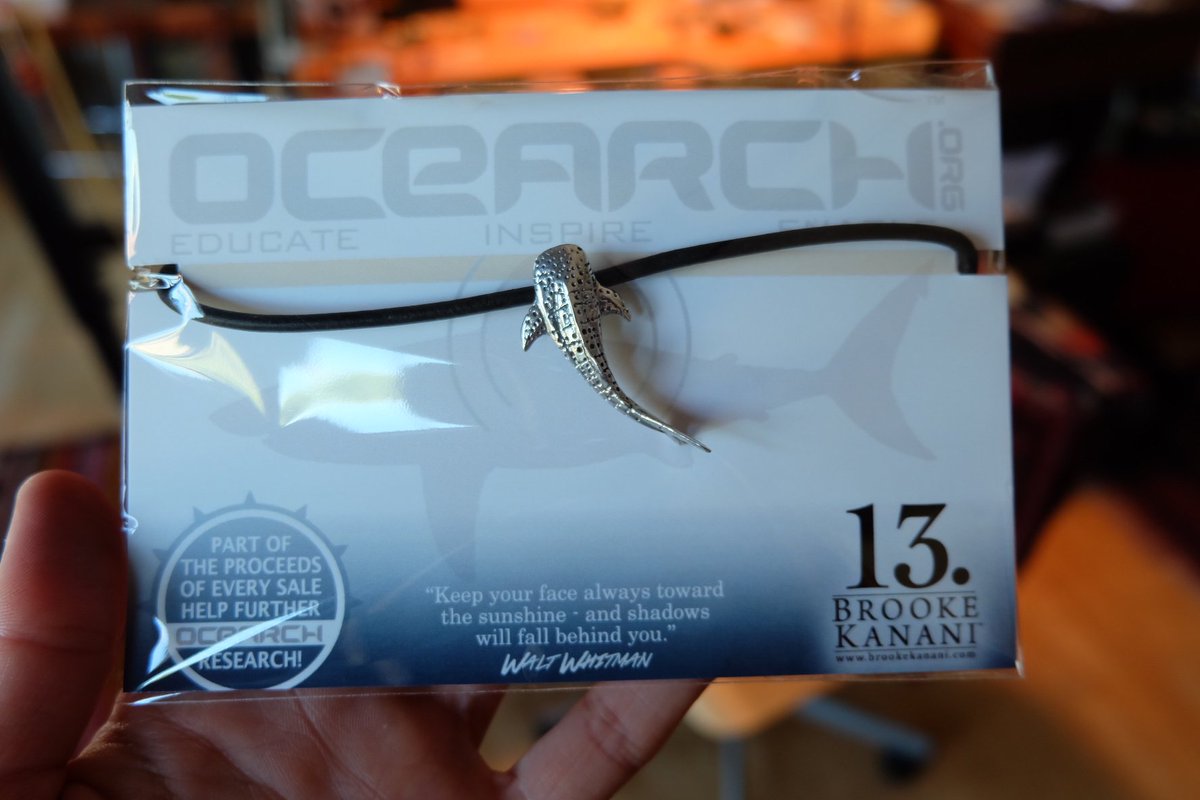

But there are many (unconfirmed) claims of huge specimens up to 10 meters (33 feet) in length. Safety is one thing, the other thing is their incredible speed: great white sharks can accelerate to over 56 km/h (35 mph).Īnother difficulty is, their bodies are comprised of mostly water too, so when they are landed the water dries up, and they become smaller.Īccording to the Guinness World Records Book, full-grown adults are on average 4.3-4.6 meters (14-15 feet) in length, and generally, weigh 520-770 kg (1,150-1,700 lb). The reason is simple: they live in water, and it is not entirely safe to get close to them. It is really difficult to measure how large a shark – or any other fish actually is. The great white shark (scientific name: Carcharodon carcharias) is not the biggest shark (that title goes to the whale shark), but they are the largest predatory fish in the world. 15 encounter took place off Oahu's North Shore and also involved tiger sharks feeding on a whale carcass, according to local media reports.What are the largest great white sharks ever recorded? How big can a great white be? This is probably one of the most heavily debated topics in the field of marine science. In video later shared widely on social media, the gargantuan creature swam up to the crew's dive cage and poked around curiously before disappearing back into the blue.Īround the same time that Gray, Mohler, Jeffries and their colleagues spotted Deep Blue earlier this year, a separate group also spotted what appeared to be the same shark off the Hawaiian coast. The massive shark swam into the internet spotlight several years ago when a film crew spotted her during a Shark Week shoot off Mexico's Guadalupe Island. It's not the first time Deep Blue has been caught on camera. Jeffries told National Geographic that wind and water conditions were perfect for shooting crystal-clear footage of the sharks. In total, the crew spent three days observing Deep Blue and other mature female great whites who dropped by to feed on the whale carcass. "We had shots and video and it was more than enough to present to at least the scientific community for identification," Jeffries explained, adding that authorities agreed that the massive shark pictured was likely Deep Blue. It's thought that she could be more than 50 years old.īased on the appearance of the shark's stomach, the crew also posited she could be pregnant - though the sumptuous sperm whale feast could also be responsible for her enlarged stomach. "I was thinking, 'What in the world is this?' Because it was way bigger than any shark I'd expect," Gray said of the encounter.ĭeep Blue is estimated to measure a staggering 20 feet long and is likely still growing by several millimeters each year.


The underwater footage shot by photographer Mark Mohler showed marine biologist Andrew Gray and fellow photographer Kimberly Jeffries swimming just feet from Deep Blue, cameras in hand as they captured rare footage of the creature. Footage from that January encounter is featured in the National Geographic SharkFest special "World's Biggest Great White?" on Sunday, July 21, at 8 p.m. New footage has emerged showing what appears to be Deep Blue, one of the largest great white sharks ever caught on camera, feasting on a whale carcass off the coast of Hawaii earlier this year.Ī group of Hawaii-based scientists and biologists filmed a shark matching Deep Blue's description several miles off the coast of Waikiki.


 0 kommentar(er)
0 kommentar(er)
